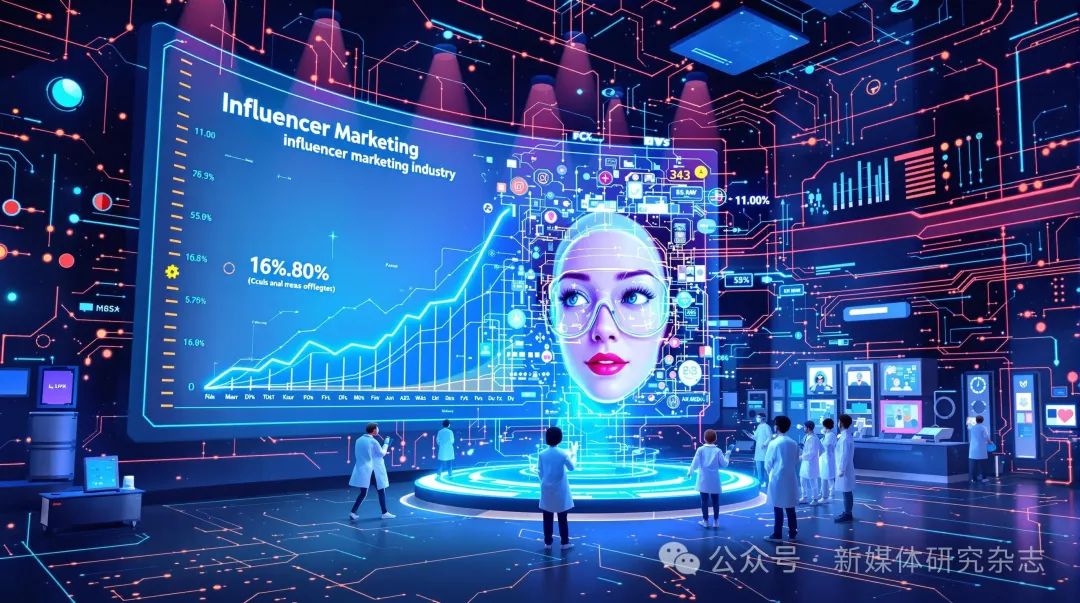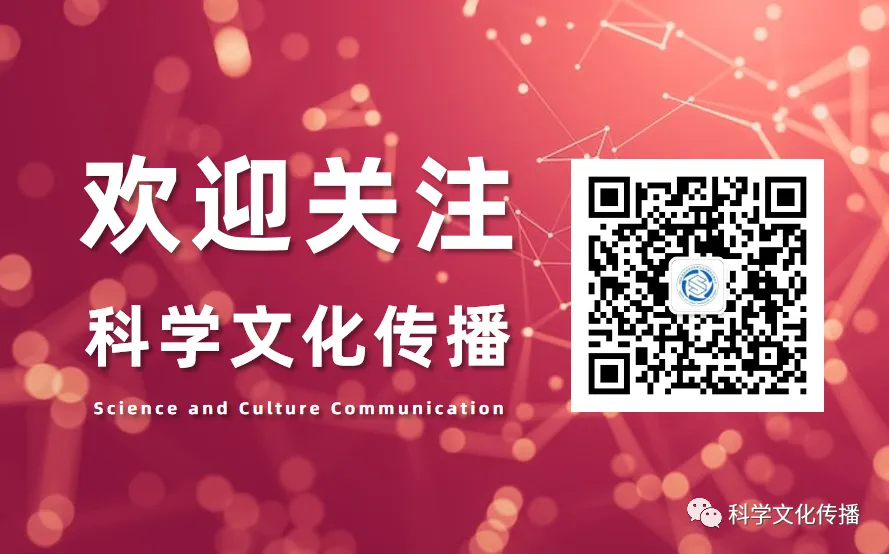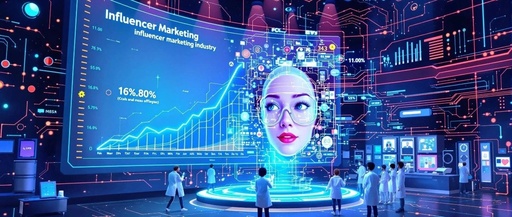
Image: AI Drawing from New Media Research Journal
A recent study by Professor Barbara Duffek’s team at Georgia State University’s Robinson College of Business, published in the Journal of Marketing, systematically reveals the dynamic construction mechanism of content authenticity in new media under the intervention of generative artificial intelligence (AIGC) through in-depth interviews with 185 groups of consumers, influencers, brands, and marketing agencies. The research finds that authenticity is not an inherent attribute of influencers, but rather a product of continuous interaction between brands, creators, and users, shaped by five core dimensions: professional depth (knowledge reserve in vertical fields), emotional connection (high-frequency interaction establishing reliance), content originality (differentiated narrative style), technical transparency (disclosure of AI tool usage), and value resonance (purity of commercial cooperation motives).
The research overturns traditional cognition: 68% of Generation Z users accept AI-assisted creation but demand transparency in technology application (e.g., labeling GPT-4 generated copy). When influencers proactively disclose the specific role of AI in script writing and video editing, their credibility index increases by 31%. This finding provides empirical evidence for the standardized use of intelligent creation tools.
The study also reveals the contradiction between brand control and creator autonomy: excessive brand intervention in content leads to a 34% decrease in user interaction rates, while granting influencers creative freedom can increase content dwell time by 28%. The team recommends establishing a “value matching screening system” to quantify the “persona-product” correlation, improving brand KOL selection efficiency by 40%.
With the influencer marketing market expected to exceed $24 billion by 2025, the study proposes three major practical guidelines for the industry: technical transparency threshold management (clarifying the granularity of AI usage), dynamic power game model (balancing brand demands and creative freedom), and intelligent content labeling system (establishing norms for tags like #virtual image #AI generated, etc.). (Georgia State University)
Academic Commentary
Technological intermediary authenticity: Paradigm shift in intelligent communication research
The Duffek team’s research marks a paradigm breakthrough in new media authenticity research from “interpersonal trust” to “human-machine trust.” The proposed concept of “technological intermediary authenticity” incorporates the technical variables of generative AI into the analytical framework, revealing the logic of acceptance among 68% of audiences towards AI-assisted content—authenticity perception depends on the degree of technological transparency (β=0.31) rather than the mere presence of technology. This finding provides a new perspective for understanding trust mechanisms in human-machine collaborative communication.
The dynamic model of the “influencer-brand-user” triangle constructed by the research quantifies the micro power game through social network analysis: for every one standard deviation increase in brand control, user dwell time decreases by 34% (p<0.05), while enhancing creator autonomy can increase conversion rates by 28%. This quantifiable path provides actionable tools for platform algorithm governance.
Of greater policy value is the introduction of the “AI transparency threshold”: when technology disclosure reaches the script level (e.g., labeling DALL-E3 generated images), audience trust can restore to a baseline of 91%. This lays the foundation for the formulation of the “Generative AI Content Labeling Standards” and promotes the establishment of an industry standard for “technological visibility.” This research not only reconstructs the theoretical framework for governing the new media content ecosystem but also indicates that balancing technological efficiency and humanistic values will become a core proposition in the era of intelligent communication.
Recommended Reading
These Hospitals Have Deployed DeepSeek Brain: 5 AI Survival Skills Doctors Must Master
Blockchain Weekly Review: National Cyberspace Administration Releases the 18th Batch of Domestic Blockchain Information Service Filing Numbers
Call for Papers from New Media Research Journal on Key Topics
“Recalling the Glorious Past: The Immortal Spirit of Scientists”


